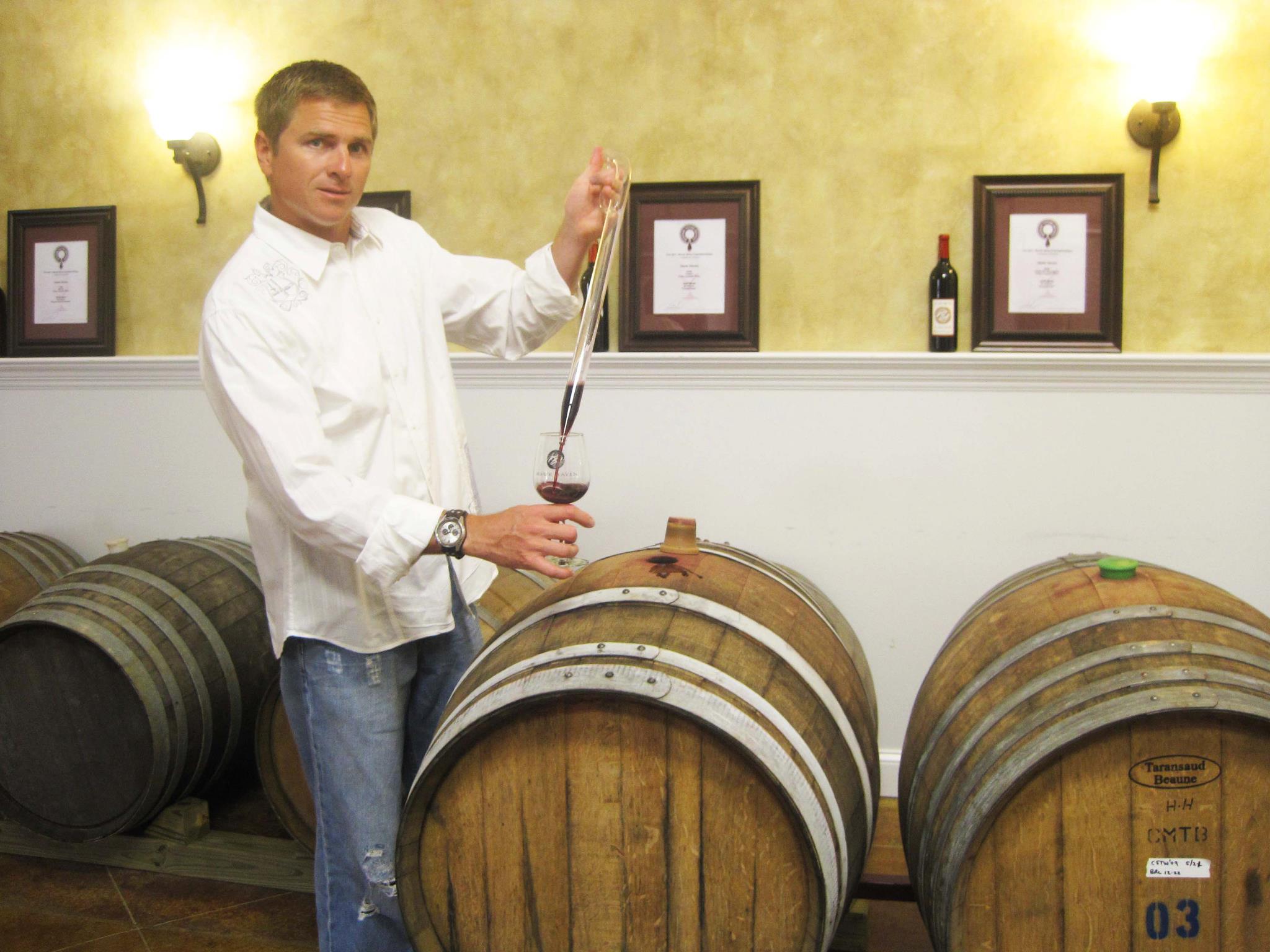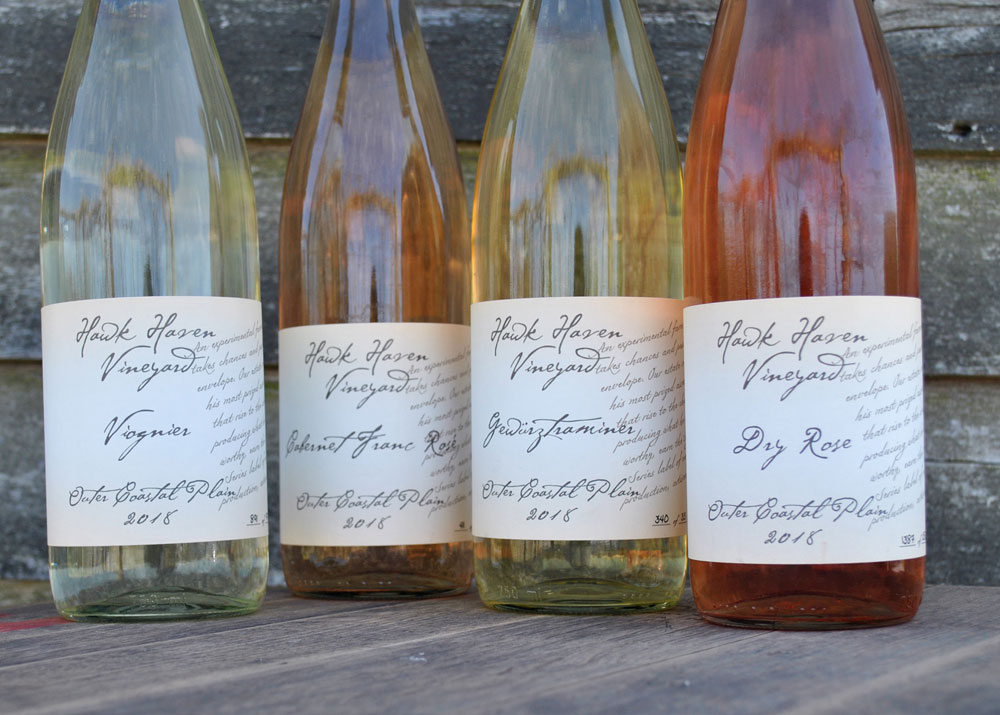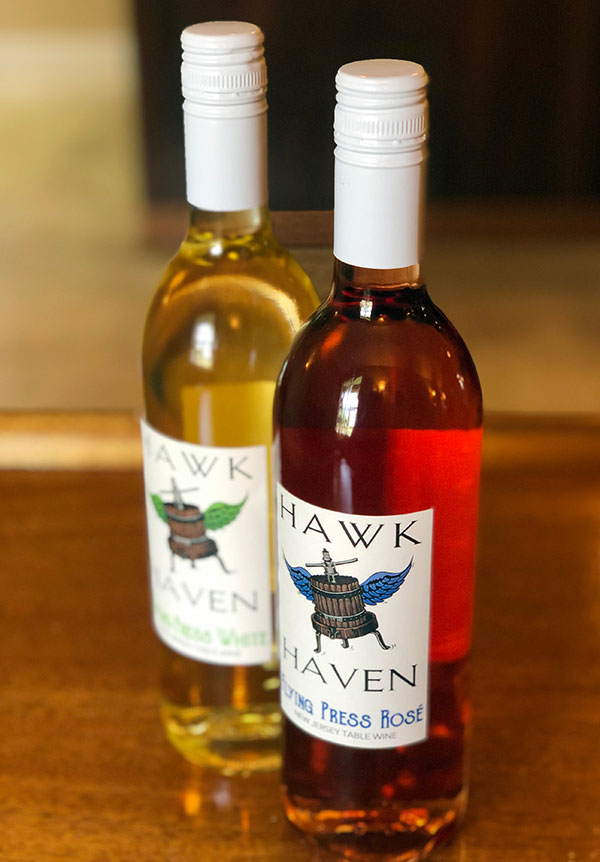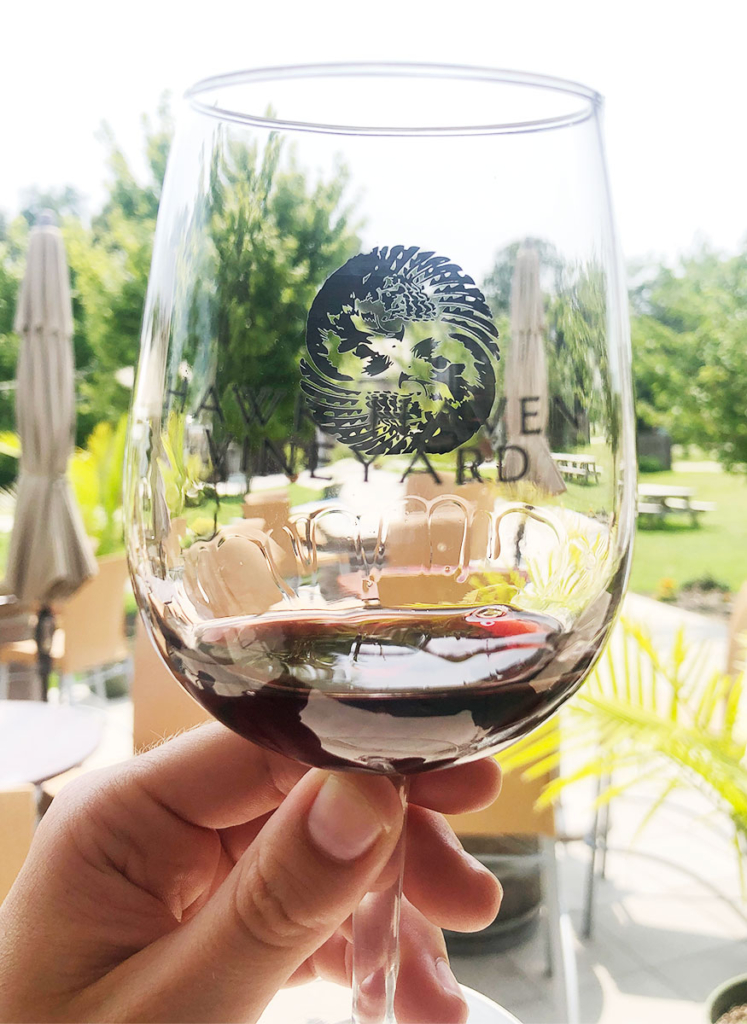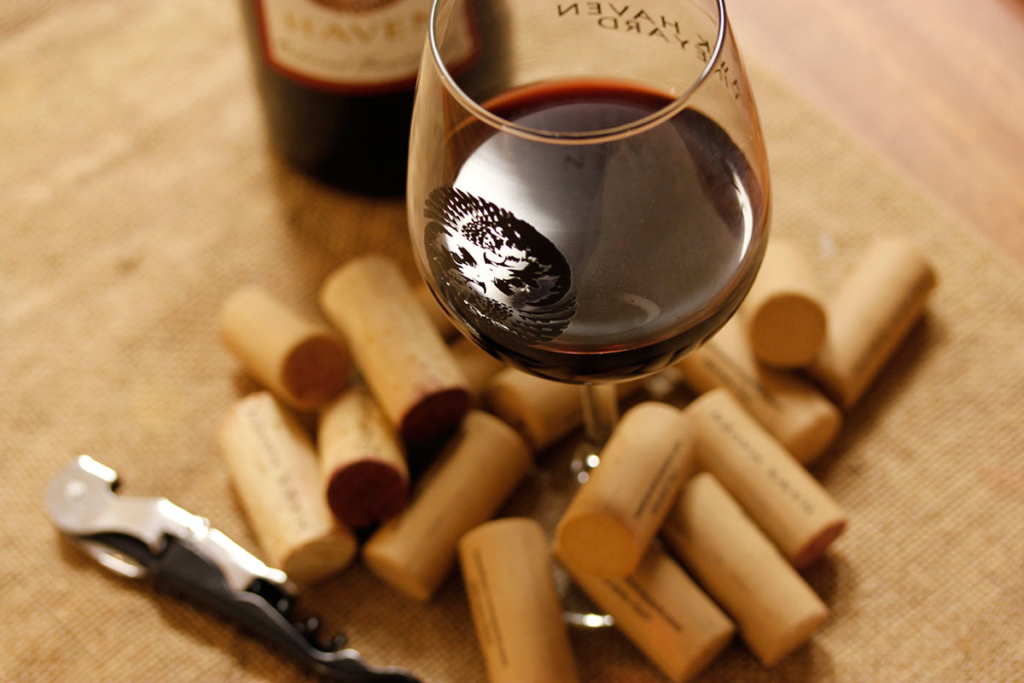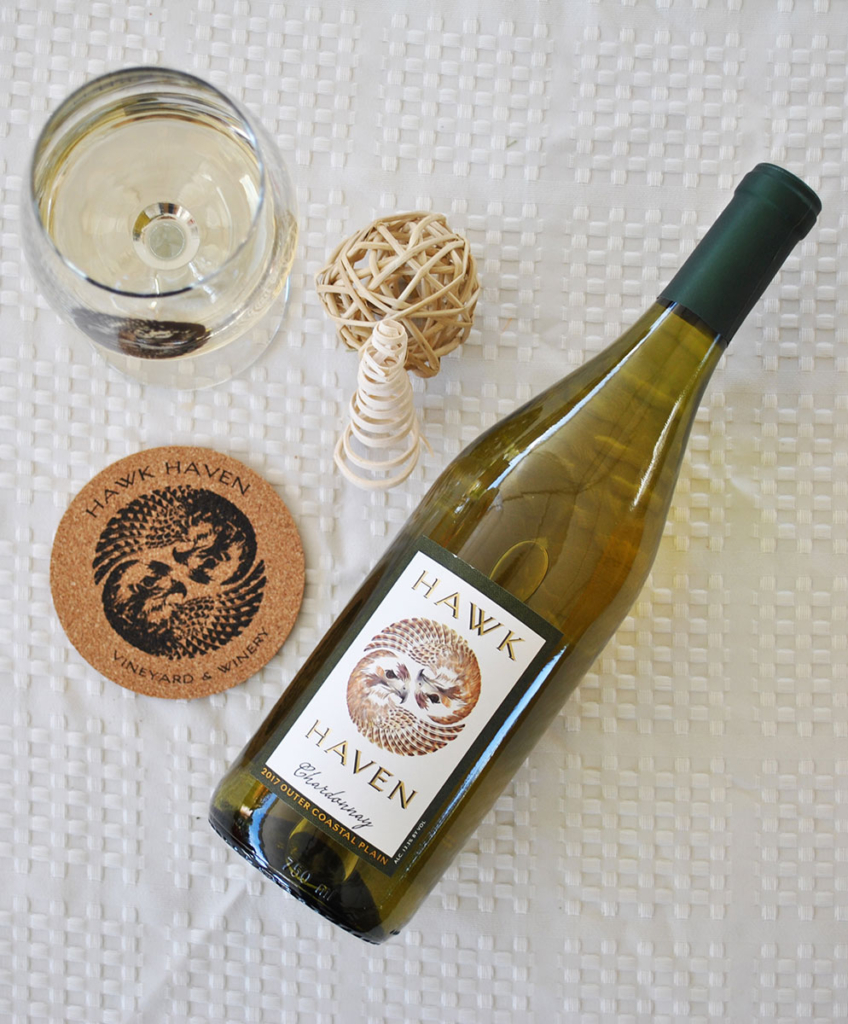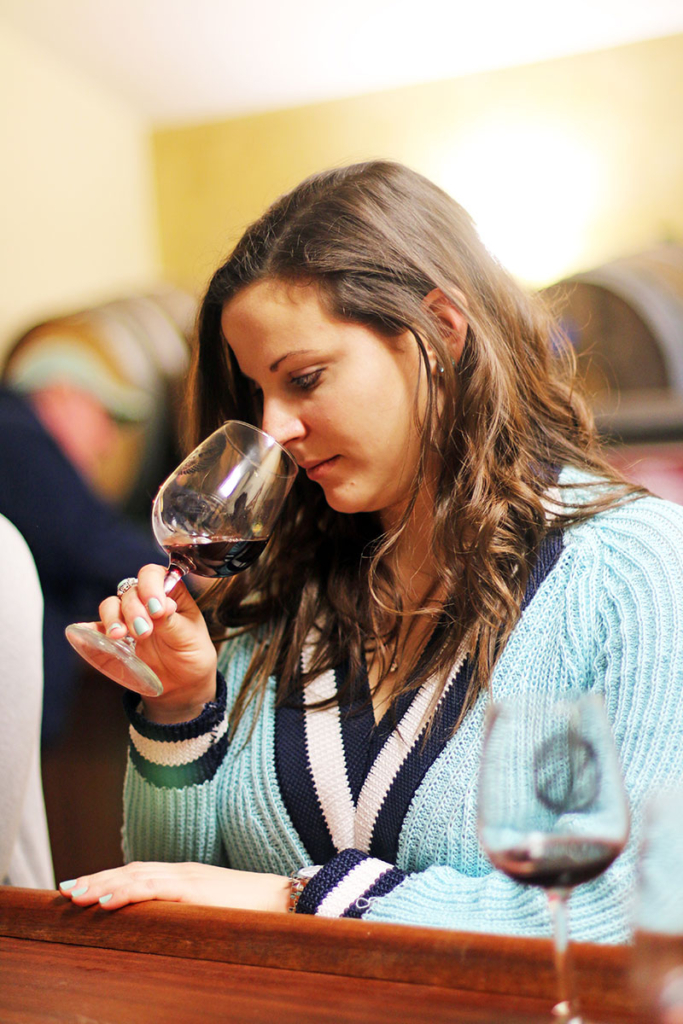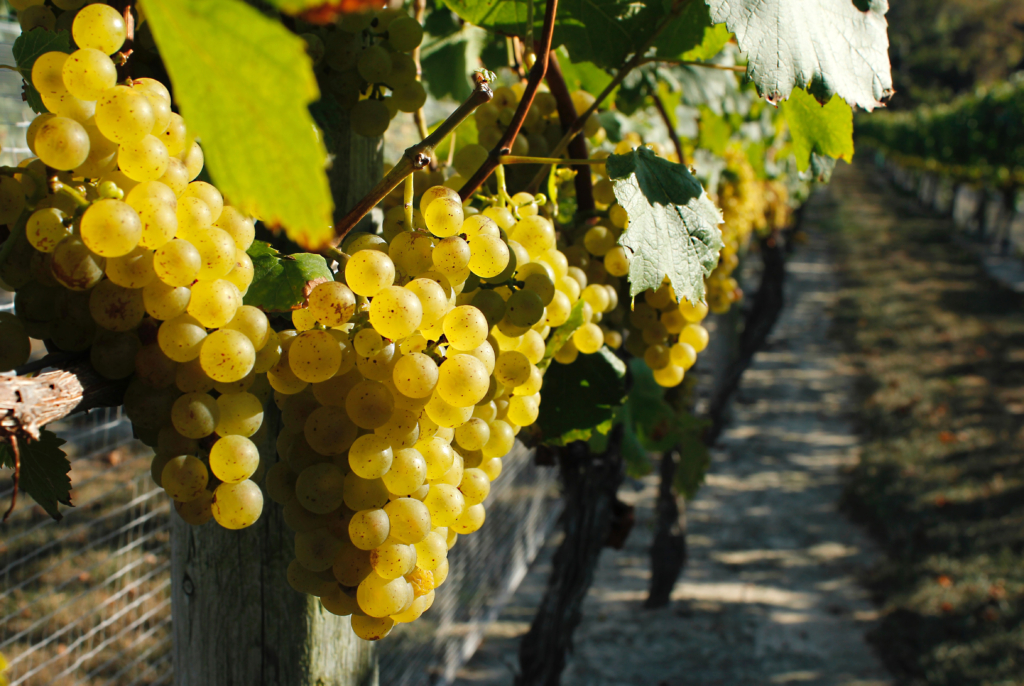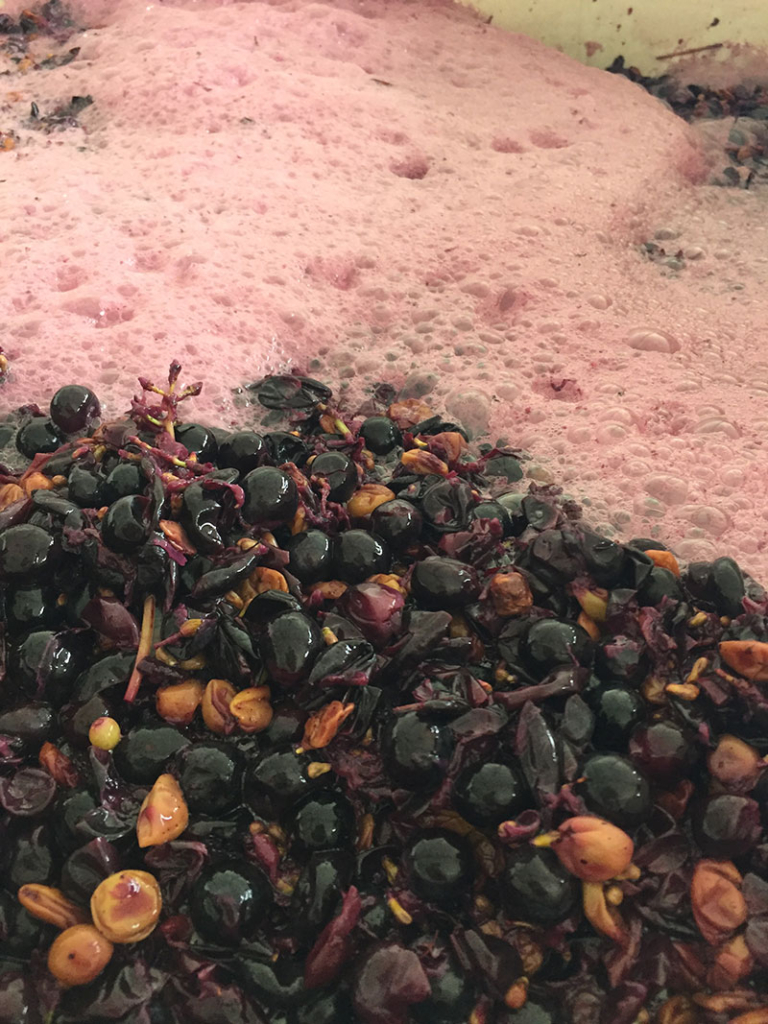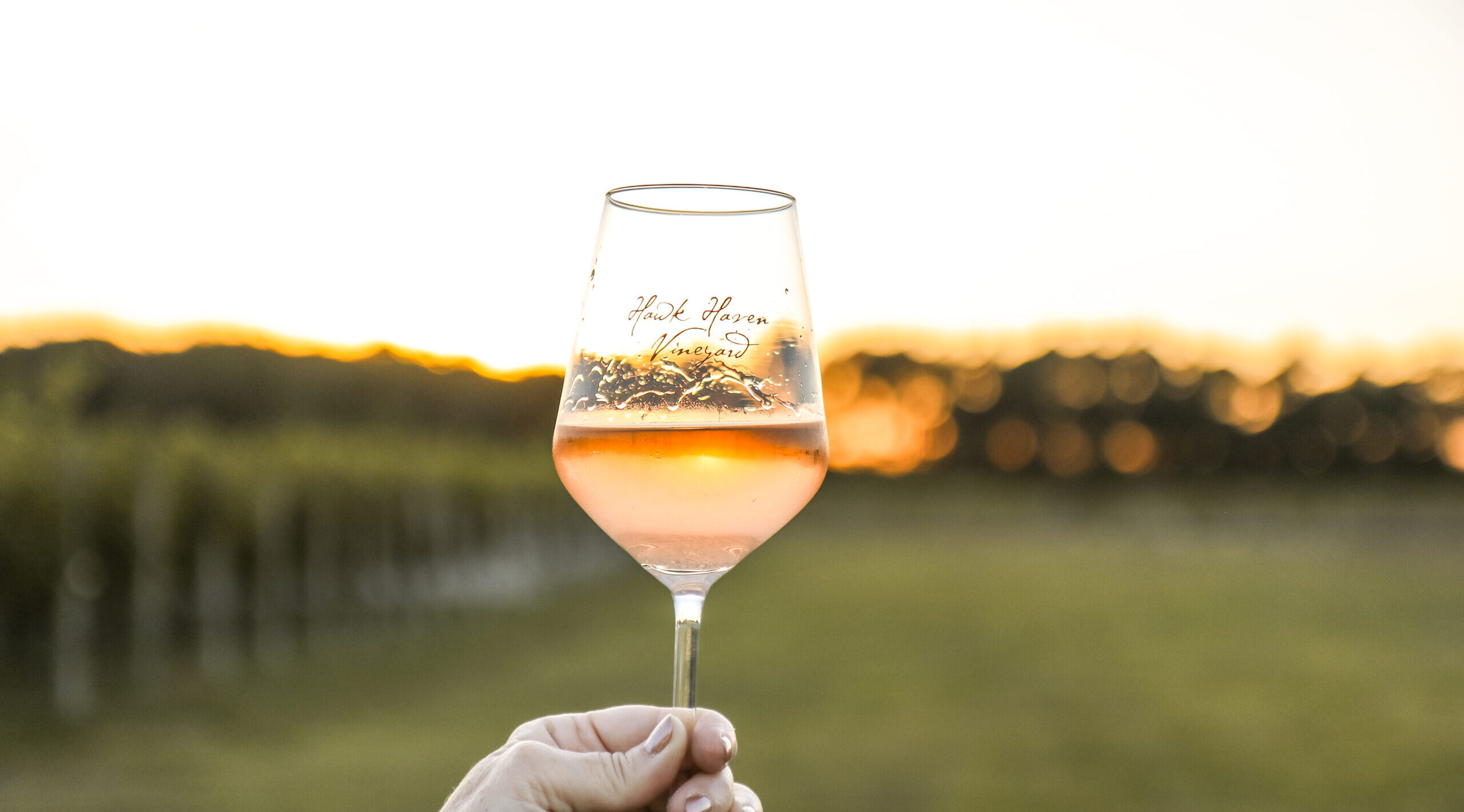Do you know the Bishop of Norwich?
Neither did I, until I did a little research on Port wine in anticipation of our upcoming barrel tasting. Our wine maker Todd has been working on a white Port since before he and his wife opened the tasting room doors in 2009. “I wanted to make a port because I like the flavors and I wanted to add a dessert wine to our list.”
I believe it was in 2010 when I started working here and got to have a little sample of our ’08 White Port. I don’t usually drink this type of wine but it was delicious; sweet and nutty, like a toasted marshmallow or creme brulée. I asked him how soon we would be releasing it, excited to take home a few bottles of my own. “No, it’s not ready yet.” What???
So that was the first time I tasted it. Almost every year since then, he brings it out again to tease our taste buds. And every year, “No, it’s not ready yet. Just a little longer.” Why, Todd, why?
“We could have released some before but it wouldn’t have the complexity that it has now.”
Such is life, when it comes to good Port. It has been around for a very long time; it originated in Portugal where the oldest regulated and protected appellation exists, in the Douro River Valley. The wine is fortified using a distilled grape spirit like brandy. “This stops the fermentation,” Todd explained, “and retains the residual sugar of 10% and raises the alcohol to 18%.” If you’ve ever tasted our wines, you probably know our sweetest wine (the rosé) has only 2% residual sugar, and our average ABV is around 13%.
The wine is then added to oak barrels to age, but we only fill them about three-quarters of the way. This allows a small amount of oxidation to occur which lends a golden color and nutty flavors. And then we wait. And wait. And wait some more.
“Waiting so long allowed the wine to create much more complex aromas and flavors as well as an enhanced mouth-feel,” Todd told me. “This is also why we are only releasing 15 cases out of 100 this year; it will continue to get better with additional aging in the barrel.”
Six years later we are finally preparing to bottle this delicious drink, though only a limited quantity. If you’ve been following along this far, you might still be wondering who the hell is the Bishop of Norwich and what does he have to do with any of this?
Well, at British meals, it is tradition to pass the port to the person on your left immediately after pouring (get it? pass the port to port?). The bottle must continue from person to person, never touching the table until it is finished. If someone fails to do so, the other guests will ask, “Do you know the Bishop of Norwich?” This will either remind them to keep passing, or they’ll say no, at which point someone replies:
“He’s a terribly good chap, but he always forgets to pass the port!”
